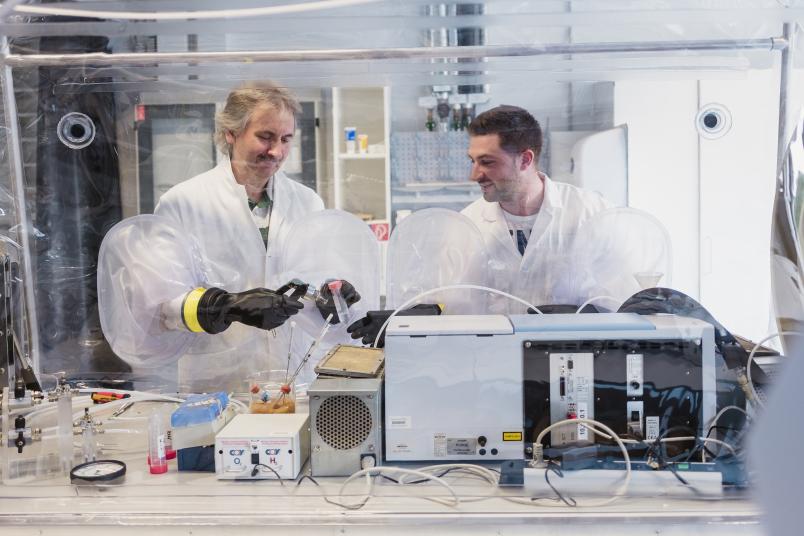
Biology
How nature builds hydrogen-producing enzymes
The heart of the biological catalyst is only introduced during the last step. The process is complex.
A team from Ruhr-Universität Bochum and the University of Oxford has discovered how hydrogen-producing enzymes, called hydrogenases, are activated during their biosynthesis. They showed how the cofactor – part of the active centre and also the heart of the enzyme – is introduced inside.
Hydrogenases are of biotechnological interest as they are able to efficiently produce hydrogen. “In order to optimise them for an industrial application, we first need to understand the process of how the protein shell takes up and activates the chemical cofactor,” says Professor Thomas Happe. A team led by Oliver Lampret and Thomas Happe from the Bochum-based Photobiotechnology Research Group published the results in the journal “Proceedings of the National Academy of Sciences”, PNAS for short, on 22 July 2019.
The researchers investigated the subgroup of [FeFe]-hydrogenases, which are the most efficient hydrogen producers. In nature, they can be found in green algae.
Final step of biosynthesis
In nature, the cofactor is subsequently incorporated into the enzyme following the biosynthesis of the protein scaffold – a highly complex process. Only then is the hydrogenase catalytically active. The researchers clarified the precise sequence of the process.
“We assume that not only do [FeFe]-hydrogenases obtain their cofactor in this way but that the mechanism also occurs in other metalliferous enzymes,” says Happe.